What are the features that make for the best 4K 144Hz monitors? First and foremost, these top-performing monitors offer the best visual experience for casual and competitive gamers, as well as for creative professionals. Their high native resolution, greater pixel density, and vibrant colors give you the best visual fidelity your money can buy.
The top 144Hz gaming monitors also enhance your gaming performance and experience. With a fast response time, high refresh rate, and gaming features like Nvidia G-Sync compatibility, these screens are perfect for both casual and competitive gaming. Some of the best gaming monitors also have Freesync and G-sync compatibility.
Finally, many computer displays in this category are either ultrawide monitors or curved monitors. Sometimes, they offer both of these design factors. If you decide to opt for an ultrawide panel or a curved panel, you’ll get a more immersive visual experience for any application. And for an even better visual experience, you need to have a look at some of the best 165Hz monitors for gaming.
Top 4K 144Hz Monitors
#1 Samsung Odyssey G70A 28-Inch 4K 144Hz Monitor
Award: TOP PICK
WHY WE LIKE IT: This monitor supports dynamic range content, delivering colorful, brilliant imagery. It has decorative lighting that will appeal to gamers. The display has anti-tearing tech for Radeon and NVIDIA GPUs.
- Exquisite lights
- FreeSync Premium and G-Sync compatibility
- HDR 400 tech
- Small screen size
The Samsung Odyssey G70A 28-inch computer monitor offers 4K UHD visuals suitable for gaming and office use. This monitor supports HDR400, delivering incredible color depth. It has a maximum refresh rate of 144Hz for fluid content. With an incredible 1ms GTG response time, this monitor is quite responsive. It’s compatible with NVIDIA G-Sync and features native AMD FreeSynch Premium tech for eliminating screen tearing. However, this screen is smaller than similar models, and yet much stronger visually than the high-end 1080p 144Hz gaming monitors.
This monitor has two front-facing LED panels at the bottom to add aesthetic appeal. It comes with a sturdy stand that offers structural support. The monitor swivels, tilts, pivots, and adjusts in height easily for easy customization. It has a VESA mounting interface, allowing hassle-free wall-mounting. Equipped with two HDMI ports, the device allows transferring UHD content from computers and consoles. This monitor features an IPS panel with wide viewing angles. For other model options that still have this high refresh rate but are not 4K, consider a 1440p 144hz monitor.
#2 ASUS TUF Gaming VG28UQL1A 28-Inch 4K 144Hz Monitor
Award: HONORABLE MENTION
WHY WE LIKE IT: This monitor adequately covers common color gamuts, making it a good choice for content creation professionals. It supports HDR and renders ultra-high-definition content at 120Hz via the 2.1 HDMI port.
- Outstanding color gamut
- Free-Sync and G-Sync compatibility
- High-definition HDMI 2.1 port
- Lacks volume control wheel
- Connectors are difficult to access
Designed for gaming, the ASUS TUF Gaming VG28UQL1A 28-inch computer monitor boasts a number of advanced features that will appeal to gamers and content creators. It has a 28-inch UHD 3840 x 2160 screen that delivers detailed imagery. With a 144Hz refresh rate, this computer works seamlessly with high frame rate gaming content. The monitor has a fast 1ms GtG response time, giving users an edge during gaming. However, it lacks volume controls, so users need the OSD menu to adjust the volume.
AMD FreeSynch Premium eliminates screen tearing when connected to compatible computers. The monitor is also compatible with NVIDIA G-Sync and Variable Overdrive technology, delivering fluid visuals. It has an HDMI 2.1 interface that renders 4K content at 120Hz. Featuring HDR 400 technology, this monitor provides bright, colorful images. It covers an astounding 90% of the DCI-P3 color space, allowing content creators to edit graphic content. This monitor features a USB 3.1 hub and DisplayPort 1.4 port. For more 4K monitor options suited for video games, we have a guide on the best 4K gaming monitors.
#3 Acer Predator XB273K Gpbmiipprzx 27-Inch 4K 144Hz Monitor
Award: BEST COLORS
WHY WE LIKE IT: This monitor boasts a selection of ports that include DP and USB 3.0. It produces incredibly accurate colors and has a very wide color gamut, making it a good choice for graphic design professionals.
- Exceptional color accuracy and wide color gamut
- Comes with a hood
- NVIDIA G-Sync
- Poor speakers
The Acer Predator XB273K Gpbmiipprzx 27-Inch computer monitor has a 4K 3840 x 2160 resolution, providing incredibly detailed content. Although this monitor has a native refresh rate of 120Hz, it overclocks to 144Hz via its two DisplayPort inputs. It has DisplayHDR 400 tech, offering incredible colors and brightness. Covering 90% of the DCI-P3 color gamut and with a Delta E figure below 1, this monitor is ideal for photo and video editing. However, the speakers on this monitor don’t get very loud.
An HDMI 2.0 port and three USB 3.0 ports connect various devices. It has an IPS panel, offering ultra-wide viewing angles. This model comes with a removable hood to reduce glare in brightly lit environments. It uses Quantum Dot technology to deliver crisp colors and add realism to objects. A sturdy stand offers stability, and it allows for a wide range of adjustments for convenience. It’s NVIDIA G-Sync compatible, working with select GPUs to eliminate screen tearing.
#4 LG UltraGear 27GN950-B 27-Inch 4K 144Hz Monitor
Award: BEST FOR CONTENT CREATION
WHY WE LIKE IT: This monitor has a virtually borderless design on four sides, offering immersive gameplay and movie watching. It has VESA DisplayHDR 600 tech, providing brilliant imagery with exquisite colors.
- Excellent four-side virtually borderless design
- DisplayHDR 600
- Freesync Premium Pro and G-Sync
- Lacks HDMI 2.1 port
This LG UltraGear 27GN950-B 27-inch computer monitor has a Nano IPS display that delivers a consistent image when viewed from various angles. This 27-inch monitor has a 3840 x 2160 resolution, producing fluid, colorful graphics. It has a fast 1ms GtG response time and a 144Hz refresh rate. Featuring AMD FreeSynch Premium Pro tech, the monitor eliminates screen tearing and it’s compatible with NVIDIA G-Sync, delivering fluid content. However, the monitor doesn’t have an HDMI 2.1 port, relying on HDMI 2.0 instead.
Featuring a virtually borderless design on all four sides, this monitor offers aesthetic appeal. It has DisplayHDR 600, producing beautiful colors. This monitor covers an astounding 98% of the DCI-P3 color gamut, making it a good choice for content creators. The stand on this device allows for a number of movements, including swiveling, tilting, and height adjustment. This monitor has colorful RGB lighting to transform the mood in the office or gaming room.
#5 AORUS FI32U 32-Inch 4K 144Hz Monitor
Award: BEST SCREEN SIZE
WHY WE LIKE IT: This monitor offers considerable screen real estate, providing a pleasant watching experience. It has a very wide color gamut, PiP and PbP tech, and a high-quality sound system.
- Outstanding sound system
- PiP and Pbp modes
- Built-in noise cancellation
- Takes up plenty of space
Featuring an expansive 32-inch screen, the AORUS FI32U 32-inch gaming offers an engaging experience. This monitor has a 4K 3840 x 2160 resolution, delivering very detailed images. It has a 144Hz refresh rate holding up well with high frame rate content. This monitor has a fast 1ms GtG response time, allowing users to get an edge in eSports. The monitor features FreeSync Premium Pro for providing flawless visuals. However, this monitor takes up a lot of space.
The monitor has a 10-bit color system, producing natural, vibrant hues. It covers 90% of the DCI-P3 color space and 123% of the sRGB space, so it’s suitable for graphic design. Featuring VESA DisplayHDR 400 tech, this monitor gets really bright. It has an OSD Sidekick for intuitive control and boasts built-in auto noise cancellation. This monitor supports PiP and PbP for rendering content from multiple devices. It has a built-in sound system with superb audio quality.
#6 GIGABYTE M32U 32-Inch 4K 144Hz Monitor
Award: BEST CONNECTIVITY OPTIONS
WHY WE LIKE IT: The monitor has a number of modern interfaces that deliver UHD content at high refresh rates. It has a KVM switch for controlling multiple devices easily.
- Outstanding 10-bit color system
- Built-in KVM switch
- PiP and PbP modes
- Annoying humming sound
The GIGABYTE M32U 32-inch computer monitor features a wide-angle IPS panel that produces brilliant colors. It has a UHD screen that will appeal to gamers. This monitor has a 1ms GtG response time, helping gamers to catch up with rapidly changing situations. The monitor supports adaptive sync tech, providing smooth gameplay. This device has a 10-bit color system, producing gorgeous natural hues. However, the monitor produces an irritating humming sound at certain refresh rate settings.
Covering a whopping 90% of the DCI-P3 color space and 123% of the sRGB gamut, this monitor produces accurate colors that will appeal to content creators. It is VESA DisplayHDR 400 certified. A KVM switch allows controlling various devices easily. This monitor has OSD Sidekick for intuitive management. It has Black Equalizer and Game Assist functions to enhance gameplay. Featuring two HDMI 2.1 ports and a USB Type-C interface, this monitor connects easily to modern devices. These are the same ports you’ll find on many of the high-end 240Hz gaming monitors.
Beginner’s Guide to 4K 144Hz Monitors
What are 4K 144Hz Monitors?
A 4K 144Hz monitor is a piece of display technology that connects directly to a computer, laptop, or gaming console. These devices use a variety of different display cables to make the connection to your computer, such as an HDMI cable, USB-C cable, and DisplayPort cable. Some monitors even offer older connection types like VGA and DVI.
After the monitor is connected to your computer, it will display the visual data the computer is outputting. Since the human eye can’t interpret data in the form of ones and zeroes, a computer monitor is a necessary tool.
4K 144Hz Monitors vs. Traditional Monitors
Both 4K 144Hz monitors, high-end external monitors, and traditional computer displays function in the same basic way. They both connect to a computer or gaming console using a cable, and they both display information coming from your computer or gaming console. They also both feature a similar design aesthetic: a flatscreen with a built-in stand for stability.
The differences between 4K 144Hz monitors and traditional monitors come into play when you consider picture quality, color reproduction, performance, and response time. All of which are features you can also find on highly-rated 1440p monitors, and they offer QHD, a 1ms response time, and 144Hz refresh rate.
The screens in this category specifically offer a native resolution of 3840×2160 pixels. This is much higher than the full HD resolution (1920×1080 pixels) you’ll find in most standard computer displays. With a 4K native resolution, you’ll get more detailed images with more accurate color reproduction. And, while 4K is definitely stronger than 1080p, you can still find some great displays in the best 1080p 60Hz monitors list.
On top of screen resolution, these monitors offer a maximum refresh rate of 144Hz. This measurement references your monitor’s ability to refresh with new images every second. The 144Hz refresh rate minimizes motion blur and screen tearing, which makes these monitors perfect for fast-paced gaming or action scenes in movies.
How 4K 144Hz Monitors Work
At a base functionality level, a 4K 144Hz monitor works exactly the same as a standard full HD display. In this category, displays feature either LCD or LED panel technology, which both use two panels of glass to house a liquid crystal material. The monitor uses an electric current to activate the liquid crystal and make it rearrange itself to form the colors and images you see.
The 4K label refers to the monitor’s native resolution, which indicates the number of pixels present on the screen. 4K is also known as a 3640×2160 pixel resolution.
The 144Hz label refers to the monitor’s refresh rate, which indicates how capable it is of updating with a new image every second. A 144Hz monitor can populate a new image on the screen as much as 144 times per second, as long as it is paired with a graphics card that has a frame rate of 144 frames per second (FPS).
These two features combined help to create a totally immersive and responsive experience for applications like gaming and video editing.
Do You Really Need a 4K 144Hz Monitor?
A 4K 144Hz monitor hits the sweet spot for competitive gamers, creative professionals, and other people who need excellent image quality. If you consider yourself to reside in one of these categories, then one of these displays is the best choice for you.
Is a 4K 144Hz Monitor Worth Buying?
- You’re a Gamer: Console gamers, PC gamers, casual gamers, and competitive gamers are the best audience for 4K 144Hz monitors. The enhanced image quality and quick response time speed that these displays offer can improve gameplay, even with competitive games.
- You’re a Creative Professional: With a wide color gamut, accurate color reproduction, sharp resolution, and a high maximum brightness, 4K 144Hz screens are especially well-suited for creative work. If you’re an artist, video editor, or graphic designer, these monitors are the perfect choice for you.
- You Use Your Computer for Watching Movies: All of the performance and image quality factors we’ve listed thus far also make these monitors perfect for watching movies and TV shows on your computer. 4K 144Hz monitors also create deeper blacks for better visuals during dark scenes.
Why a 4K 144Hz Monitor May Not Be For You
- You Need a Budget Monitor: The high level of performance and picture quality that 4K 144Hz monitors provide don’t come cheap. If you’re looking for a cheap gaming monitor or something in the budget price range for your creative work, then these expensive monitors might not be the best for you. But you can still find a great monitor with similar features, just as you’ll see in our review of the Acer Predator XB271HK 4K 27” gaming monitor.
- You Don’t Use Your Computer Very Often: The high-performance features and functionalities that 4K 144Hz monitors feature are meant for people who use their computers on a regular basis. If you rarely use your desktop extended display, then monitors in this category may not be worth it for you.
How Long Will a 4K 144Hz Monitor Last?
According to TechiExpert, an LCD monitor offers an average lifespan of 30,000 to 60,000 hours. Similarly, an LED monitor offers an average lifespan of 80,000 to 120,000 hours.
In order to prolong your monitor’s lifespan, we always recommend keeping it in a clean and dry environment to prevent debris from getting into its internal components. We also recommend keeping your monitor on a sturdy desk so the chances of it accidentally falling over are minimal.
How to Choose the Best 4K 144Hz Monitor
Before you actually purchase a new 4K 144Hz monitor, we recommend taking some time to research the best features and functionalities this category has to offer. Make decisions on which features you need most, and let that lead your research process.
4K 144Hz Monitor Key Factors to Consider
Read through the following questions so you can learn which key factors you should consider when purchasing a new 4K 144Hz monitor.
1. What screen size should you buy for your 4K 144Hz monitor?
Your monitor’s screen real estate is one of the first considerations to make because purchasing the wrong size for your needs can negatively impact your visual experience. A 4K screen resolution and 144Hz refresh rate are most effective for fast-paced games and movies at certain screen sizes.
The sweet spot for most people tends to lie in the 24-inch to 27-inch range. However, with a 4K resolution, we recommend purchasing a 32-inch display for the most immersive visual experience.
2. What panel technology is best for your display needs?
When it comes to panel technology, you have three main choices. All three offer good quality and performance, but they each perform better with certain tasks. Let’s take a closer look at each panel type and where they excel:
- TN: A TN panel offers the fastest response times out of all the panel types. You’ll most likely find a TN monitor with a 1ms response time, which is really good for gaming. The downsides of TN monitors include narrow viewing angles and low color accuracy, especially when compared to the other panel types.
- IPS: An IPS panel offers near-perfect color accuracy thanks to its wide color gamut and high maximum brightness levels. IPS monitors also offer wide viewing angles, which is good for both gamers and creatives. IPS monitors usually offer slower response times when compared to TN and VA panels, but newer models are getting faster.
- VA: A VA panel offers the best all-around experience. They combine affordability with good performance. VA monitors feature wide viewing angles and fast response times, making them perfect for gamers on a budget.
3. Do you need variable refresh rate support for gaming on your monitor?
Most gaming monitors in the 4K 144Hz category have the option for variable refresh rate support. These monitors can synchronize their refresh rate output to your computer’s graphics card frame rate. This can help to eliminate screen tearing and motion blur for fast-paced games.
For the best results, we recommend purchasing a monitor with either Nvidia G-Sync compatibility or AMD FreeSync compatibility. Be aware that you need to also have a compatible graphics card to utilize adaptive sync technology.
4. Should you buy an ultrawide monitor or curved panel?
Newer computer screens are starting to take advantage of advances in display technology. As such, ultrawide monitors and curved monitors are becoming more popular choices. But do you really need these advanced configurations?
An ultrawide monitor features a 21:9 aspect ratio instead of the standard 16:9 aspect ratio you see in most flatscreen displays. This ultrawide configuration allows you to work in multiple full-sized windows simultaneously. Some video games also support a 21:9 aspect ratio, giving you a more immersive gaming experience.
Curved monitors feature a curved panel instead of a flat one. On top of their unique appearance, a curved monitor can also help enhance immersion into your favorite games or your work. These unique displays minimize the amount you have to turn your head to see everything on the screen.
5. What connection ports should you get for your new monitor?
To get the best 4K and 144Hz performance, you’ll need a monitor with high-speed input ports. We recommend purchasing an option with HDMI 2.0, HDMI 2.1, or DisplayPort 1.4 ports. A USB-C port can also provide high-speed performance.
We also recommend purchasing a monitor with a wide variety of input ports, especially for gaming monitors. This way, you won’t need to buy a hub if you want to connect to multiple devices or gaming consoles.

![Best 4K 144Hz Monitor in [year] 1 best 4k 144hz monitor](https://www.gadgetreview.dev/wp-content/uploads/best-4k-144hz-monitor-image.jpg)


![Best 4K 144Hz Monitor in [year] 2 Samsung 28' Odyssey G70A Gaming Monitor, 4K UHD LED...](https://m.media-amazon.com/images/I/414QplR49ES._SL160_.jpg)
![Best 4K 144Hz Monitor in [year] 4 ASUS TUF Gaming 28” 4K 144HZ DSC HDMI 2.1, Monitor...](https://m.media-amazon.com/images/I/41tO6CLhB0L._SL160_.jpg)
![Best 4K 144Hz Monitor in [year] 6 acer Predator XB273K Gpbmiipprzx 27' UHD (3840 x 2160)...](https://m.media-amazon.com/images/I/41V1EXKtDEL._SL160_.jpg)
![Best 4K 144Hz Monitor in [year] 12 Our #4 Pick is the LG UltraGear 27GN950-B 27-Inch Computer Monitor](https://m.media-amazon.com/images/I/41wE1UUNlvL._SL160_.jpg)
![Best 4K 144Hz Monitor in [year] 14 Our #5 Pick is the AORUS FI32U 32-Inch Computer Monitor](https://m.media-amazon.com/images/I/41woqPshY9L._SL160_.jpg)
![Best 4K 144Hz Monitor in [year] 15 Our #6 Pick is the GIGABYTE M32U 32-Inch Computer Monitor](https://m.media-amazon.com/images/I/41K8PoTr0TL._SL160_.jpg)







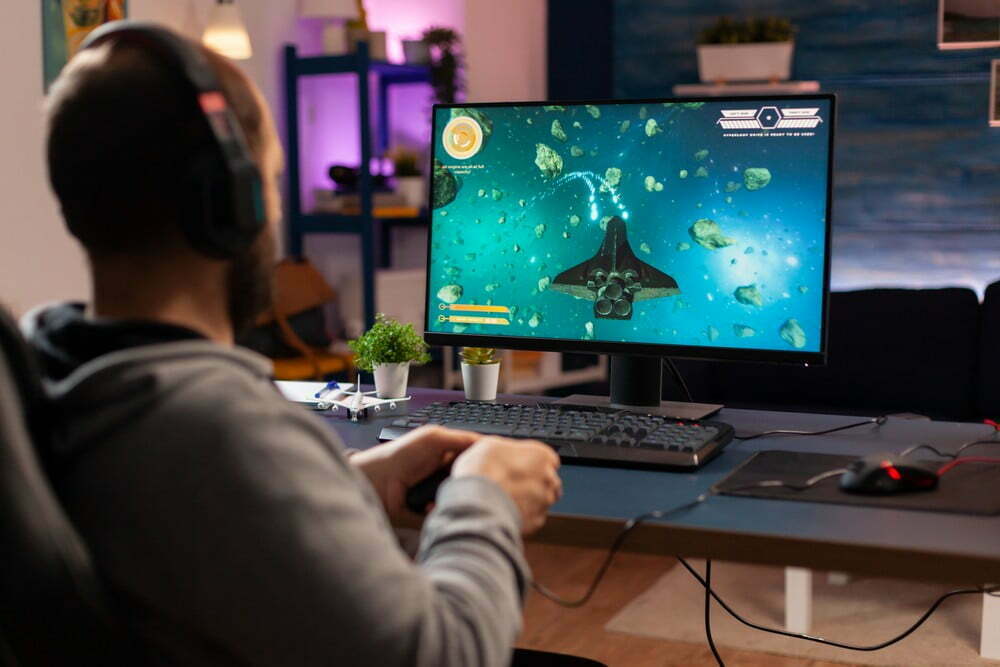





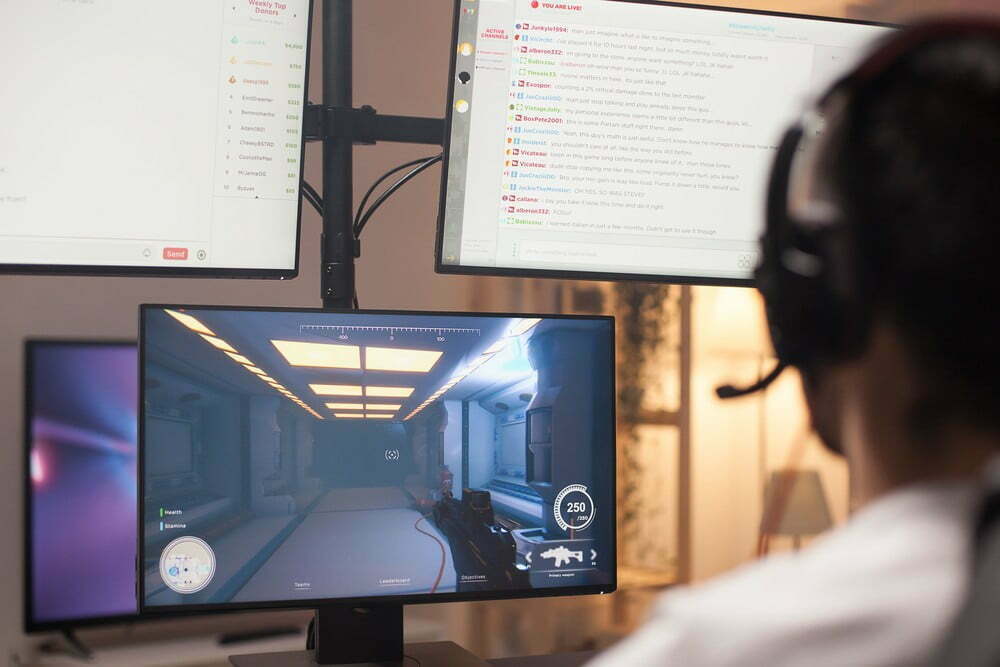
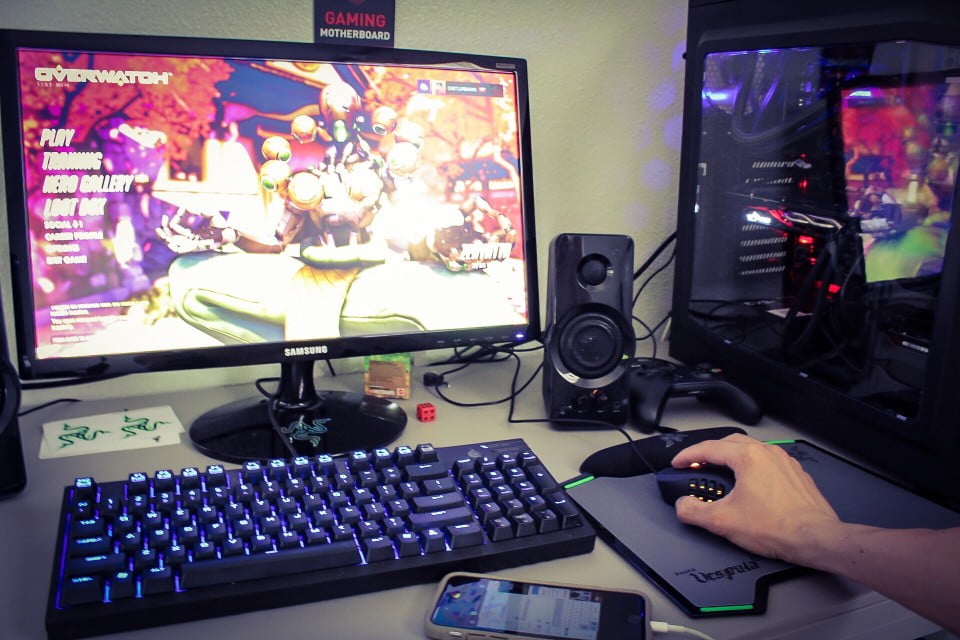

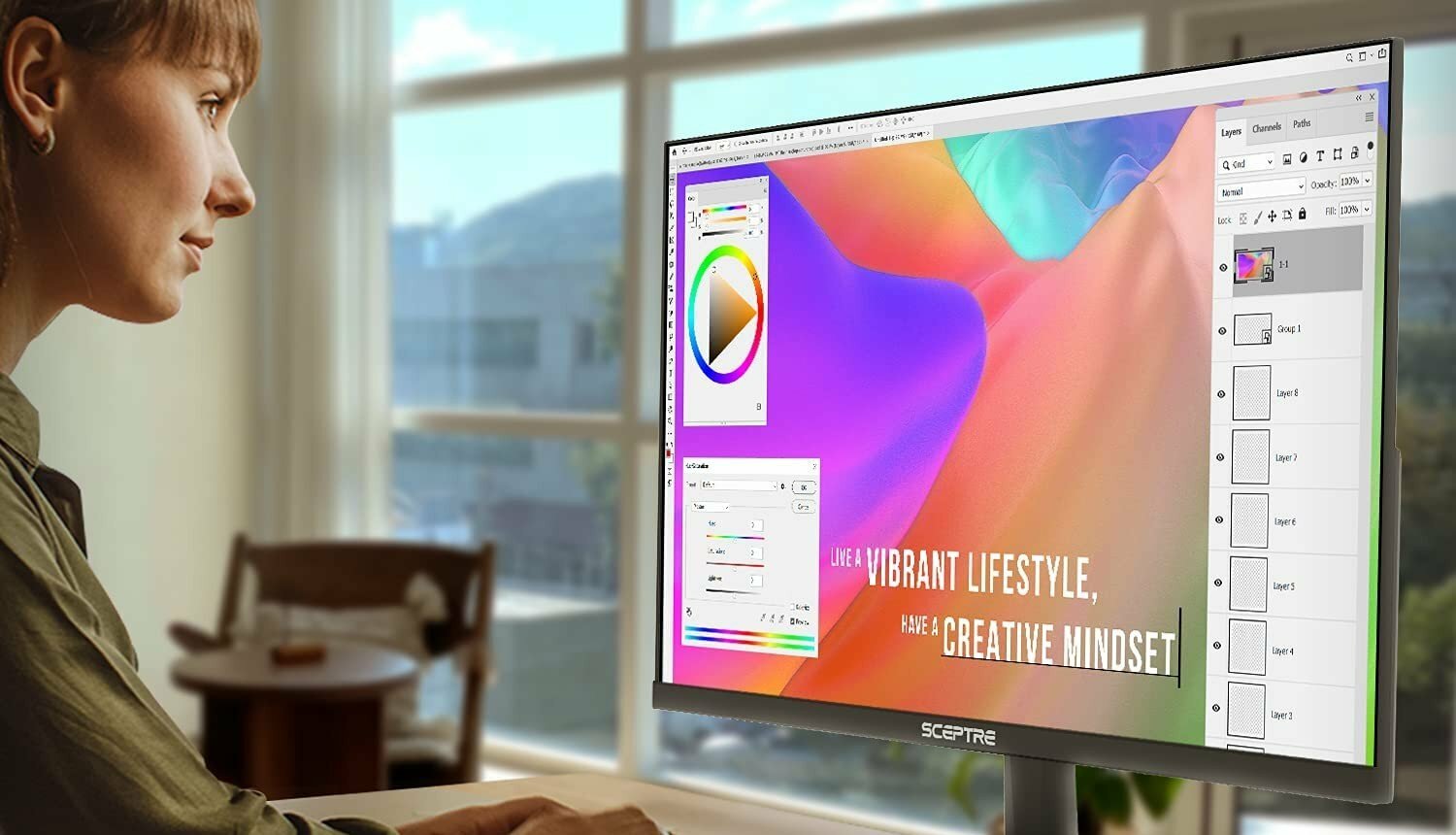


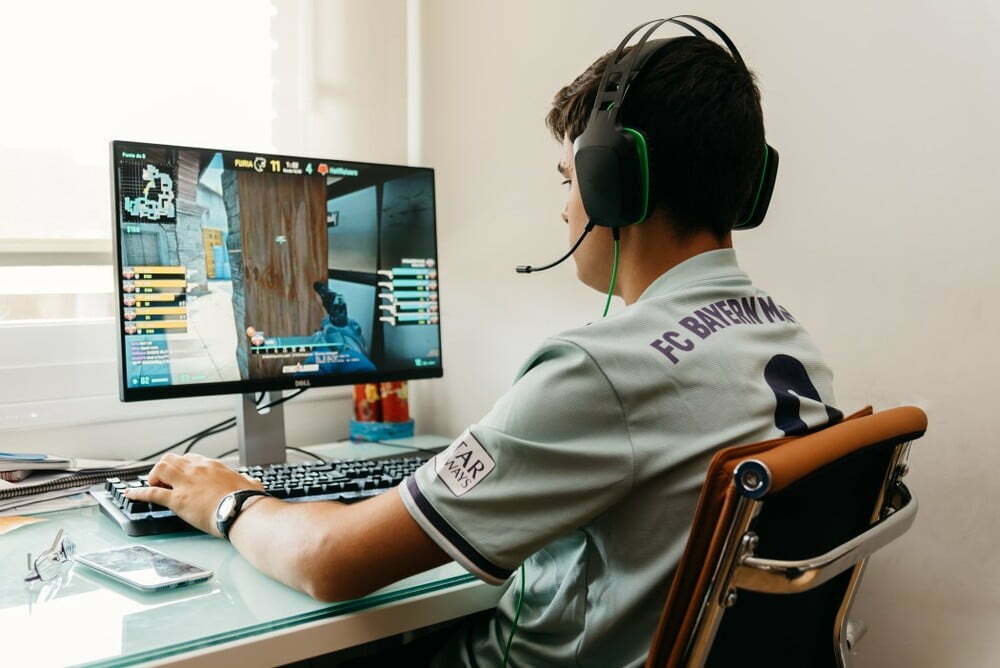


![Best 27 Inch Computer Monitor in [year] 36 Best 27 Inch Computer Monitor in 2026](https://www.gadgetreview.dev/wp-content/uploads/how-to-buy-the-best-computer-monitor.jpg)
![Best BenQ Monitors in [year] 37 Best BenQ Monitors in 2026](https://www.gadgetreview.dev/wp-content/uploads/best-benq-monitor-image.jpg)
![Best ASUS Monitors in [year] 38 Best ASUS Monitors in 2026](https://www.gadgetreview.dev/wp-content/uploads/best-asus-monitor-image.jpg)
![Best Dell Monitors in [year] 39 Best Dell Monitors in 2026](https://www.gadgetreview.dev/wp-content/uploads/best-dell-monitor-image.jpg)
![Best HP Monitors in [year] 40 Best HP Monitors in 2026](https://www.gadgetreview.dev/wp-content/uploads/best-hp-monitor-image.jpg)
![Best Lenovo Monitors in [year] 41 Best Lenovo Monitors in 2026](https://www.gadgetreview.dev/wp-content/uploads/best-lenovo-monitor-image.jpg)
![Best ViewSonic Monitors in [year] 42 Best ViewSonic Monitors in 2026](https://www.gadgetreview.dev/wp-content/uploads/best-viewsonic-monitor-image.jpg)
![Best Gigabyte Monitors in [year] 43 Best Gigabyte Monitors in 2026](https://www.gadgetreview.dev/wp-content/uploads/best-gigabyte-monitor-image.jpg)
![Best Monitors for PS4 Pro Gaming in [year] 44 Best Monitors for PS4 Pro Gaming in 2026](https://www.gadgetreview.dev/wp-content/uploads/best-monitors-for-ps4-pro-image.jpg)
![Best Monitor for Xbox Series X in [year] 45 Best Monitor for Xbox Series X in 2026](https://www.gadgetreview.dev/wp-content/uploads/best-monitor-for-xbox-series-x-image.jpg)
![Best Acer Monitors in [year] 46 Best Acer Monitors in 2026](https://www.gadgetreview.dev/wp-content/uploads/best-acer-monitor-image.jpg)
![Best MSI Monitors in [year] 47 Best MSI Monitors in 2026](https://www.gadgetreview.dev/wp-content/uploads/best-msi-monitor-image.jpg)
![Best SAMSUNG Monitors in [year] 48 Best SAMSUNG Monitors in 2026](https://www.gadgetreview.dev/wp-content/uploads/best-samsung-monitor-image.jpg)
![Best LG Monitors in [year] 49 Best LG Monitors in 2026](https://www.gadgetreview.dev/wp-content/uploads/best-lg-monitor-image.jpg)
![Best AOC Monitors in [year] 50 Best AOC Monitors in 2026](https://www.gadgetreview.dev/wp-content/uploads/best-aoc-monitor-image.jpg)
![Best Philips Monitors in [year] 51 Best Philips Monitors in 2026](https://www.gadgetreview.dev/wp-content/uploads/best-philips-monitors-image.jpg)
![Best Monitors For PUBG in [year] 52 Best Monitors For PUBG in 2026](https://www.gadgetreview.dev/wp-content/uploads/best-monitor-for-pubg-image.jpg)
![Best Stream Decks in [year] 53 Best Stream Decks in 2026](https://www.gadgetreview.dev/wp-content/uploads/best-stream-deck-image.jpg)
![Best Monitors for Streaming in [year] 54 Best Monitors for Streaming in 2026](https://www.gadgetreview.dev/wp-content/uploads/best-monitor-for-streaming-image.jpg)
![Best Monitors For Flight Simulator in [year] 55 Best Monitors For Flight Simulator in 2026](https://www.gadgetreview.dev/wp-content/uploads/best-monitor-for-flight-simulator-image.jpg)



















